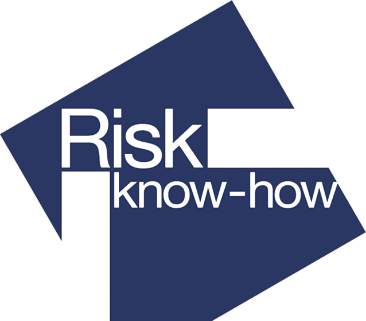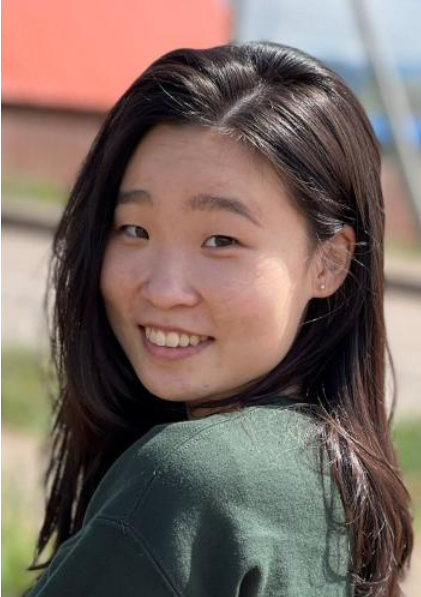Co-Founder & Operations Lead – Breathe Mongolia
Breathe Mongolia is a non-profit organisation based in Mongolia and the United States.
Most of our work focuses on three main pillars. The first is education and awareness, which is communicating pollution and climate change-related work, news or position science, how people can mitigate against it, and what people can do get about it.
The second pillar is community capacity building. We were initially more focused on building capacity and relationships among different stakeholders in the area who are working on air pollution-related work. But now we’ve also integrated building capacity for youth and other people.
We are taking climate-related projects forward and especially partnering with other non-profits that are led by youth, organisations on air pollution or climate change.
The third pillar is accountability and watchdog in the sense that we want to monitor policies that are put up at the government level, that are productive. For the government reports, we act as an independent monitoring agency to ensure that what’s being said is actually what’s being done. The policies that are being passed are equitable, there are no loopholes in them.
We provide community workshops about air conditioning. We are working with 25 households specifically to help them transition from coal to electric.
On the Community level, they don’t really understand the day-to-day trade offs, So I think our initial theory of change, if you will, was educational to change what we’ve learned from the community. For example, telling people that air pollution is bad, that kind of risk awareness is almost innate and saying that, is not actually really helpful because people are like no way it’s bad. What can we do about it? So I guess there has been risk knowledge challenge. The risk communication challenge has been costly for not doing anything about it.
It’s so hard to expect households who are already having to meet their need in a certain way to say here’s something extra that you need to do. So I don’t think with air pollution and with Mongolia specifically, and especially with vulnerable populations, it’s not the risk communication challenge, is not in communicating that air pollution is bad or even that that the health impact of air pollution exposure is bad. It’s the cost of not doing something about it that is bad.
In terms of trust, we need to be in order to be trusted, we need to be trusted on all fronts. And especially to reach an older population getting to those areas is hard, but important. And then for younger populations, social media platforms for example, Twitter is quite important thing.
I think the bigger the higher up the government agency gets, the less sort of wary people get. So for local government that people have a day-to-day, Face to face interaction with.
For people who are working in nonprofits, smaller international organizations, community organizers stationed within the community and working face to face with people, People tend to listen to these small organisations the least. And that’s something that we’ve been struggling with as well, because, also a lot of our operations up until now have been online.
But the people that we are reaching are not necessarily the most vulnerable population. It’s young people and it’s people who have access to Internet, that are accessing these online platforms, then flowing to people that we want to eventually target.
Community organizers and community leaders within the community that are not necessarily associated with an organization are most important in reaching people. They are like focal points.

